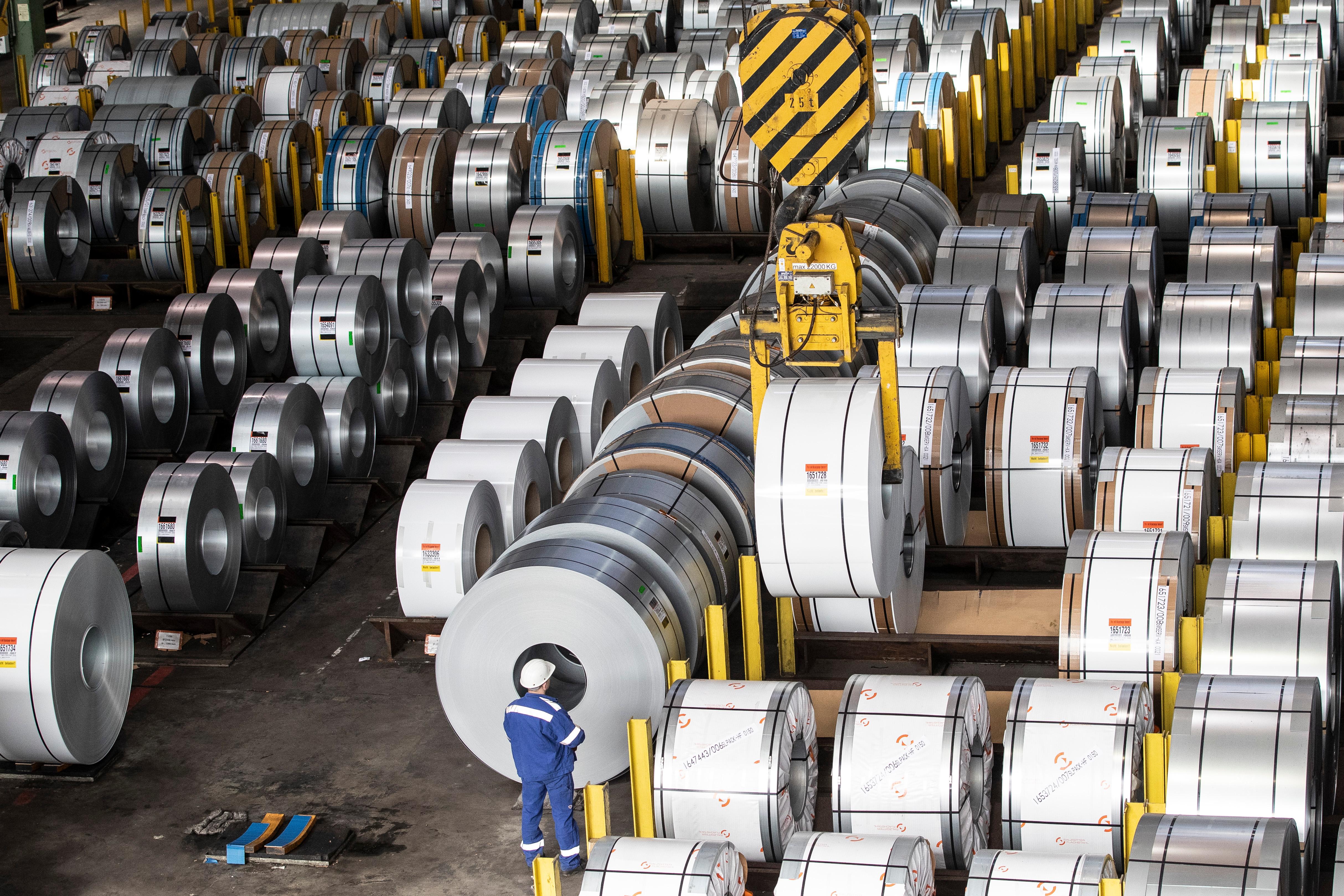Dirty Steel, and Why the U.S. Is Dropping Some Steel Tariffs
Dirty steel is a point of contention in the new deal between the U.S. and the E.U. What does it mean, and how will dropping tariffs impact the market?
Nov. 1 2021, Published 11:40 a.m. ET
Together, the U.S. and European Union (E.U.) are getting serious about steel. A new deal between the two major entities places restrictions on something called "dirty steel" and drops tariffs between the two regions.
What is dirty steel, and how will dropping tariffs impact supply in a heavily bottlenecked market?
Explaining the new steel tariff deal between the U.S. and E.U.
Joe Biden and European Commission president Ursula von der Leyen announced jointly that certain types of steel will face heightened restrictions due to their high levels of carbon emissions. The deal, which came to fruition during the Group of 20 summit, focuses on making steel and aluminum (a byproduct of steel) production more sustainable.
"By harnessing our diplomatic and economic power, we can reject the false idea that we can’t grow our economy and support American workers while tackling the climate crisis," Biden said.
Called the "Article 232 tariffs," the new rules mean some steel would still incur tariffs, but a certain amount of European steel and aluminum will be able to enter the U.S. without taxation. Moreover, all U.S. steel will come from Europe. This move is Biden's effort to rebuild relationships with European countries after Donald Trump burdened them with strict tariffs.
Dirty steel: What is it?
Dirty steel is steel that emits excessive amounts of carbon and greenhouse gases. It's especially bad for the climate—even more so than the general steel industry, which has a notoriously large carbon footprint.
China appears to be left out of the picture
Biden is restricting dirty steel made in China from entering U.S. markets. However, the deal states that other economies that are more similar to or amenable with the U.S. economy could participate in the agreement.
How the steel tariff deal could impact supply
Right now, the entire materials and goods market looks bottlenecked. Leaving China out of the steel agreement could mean the same for the steel and aluminum industries. China produced more than half of the world's steel production in 2020. Europe came in a long-shot second position, contributing 7.4 percent of the total 1.9 billion metric tons during the year.
A shortage in steel could be bad news for myriad industries, including automotive (most modern cars are constructed with an aluminum body) and construction (which accounts for half of the world's steel production).
For the U.S., steel imports aren't decreasing, but the source of that steel is changing. The goal is to limit the use of dirty steel that's particularly high-emitting. However, keeping China out of the picture could cause supply issues down the line.
In the meantime, E.U.-based steel companies (like the 34 members of Eurofer) have a good thing going for them with the new U.S. deal. From NLMK Europe (LSE:NLMK) to Thyssenkrupp (OTC:TKAMY), Europe-based steel stocks are happy about the agreement.


